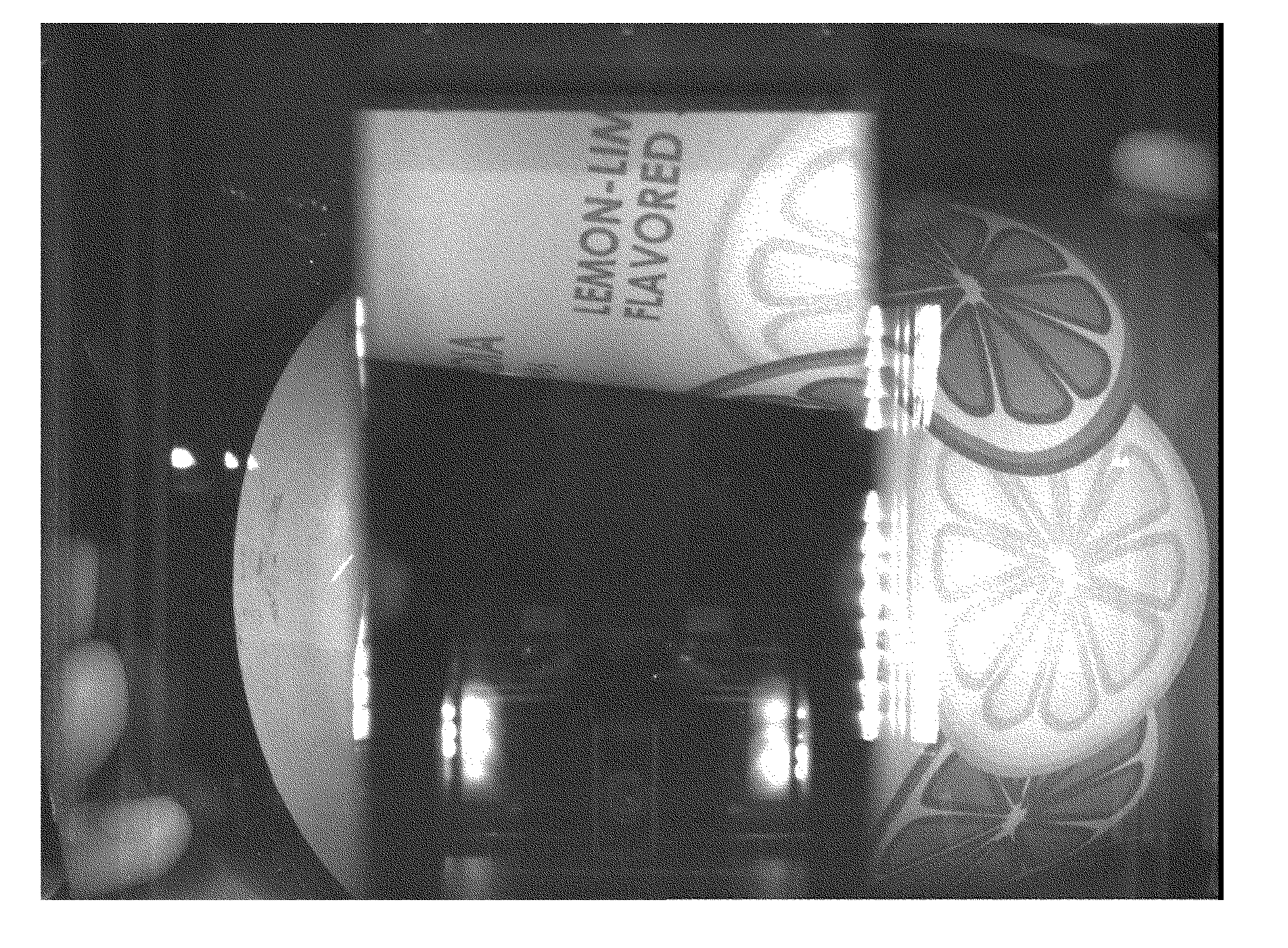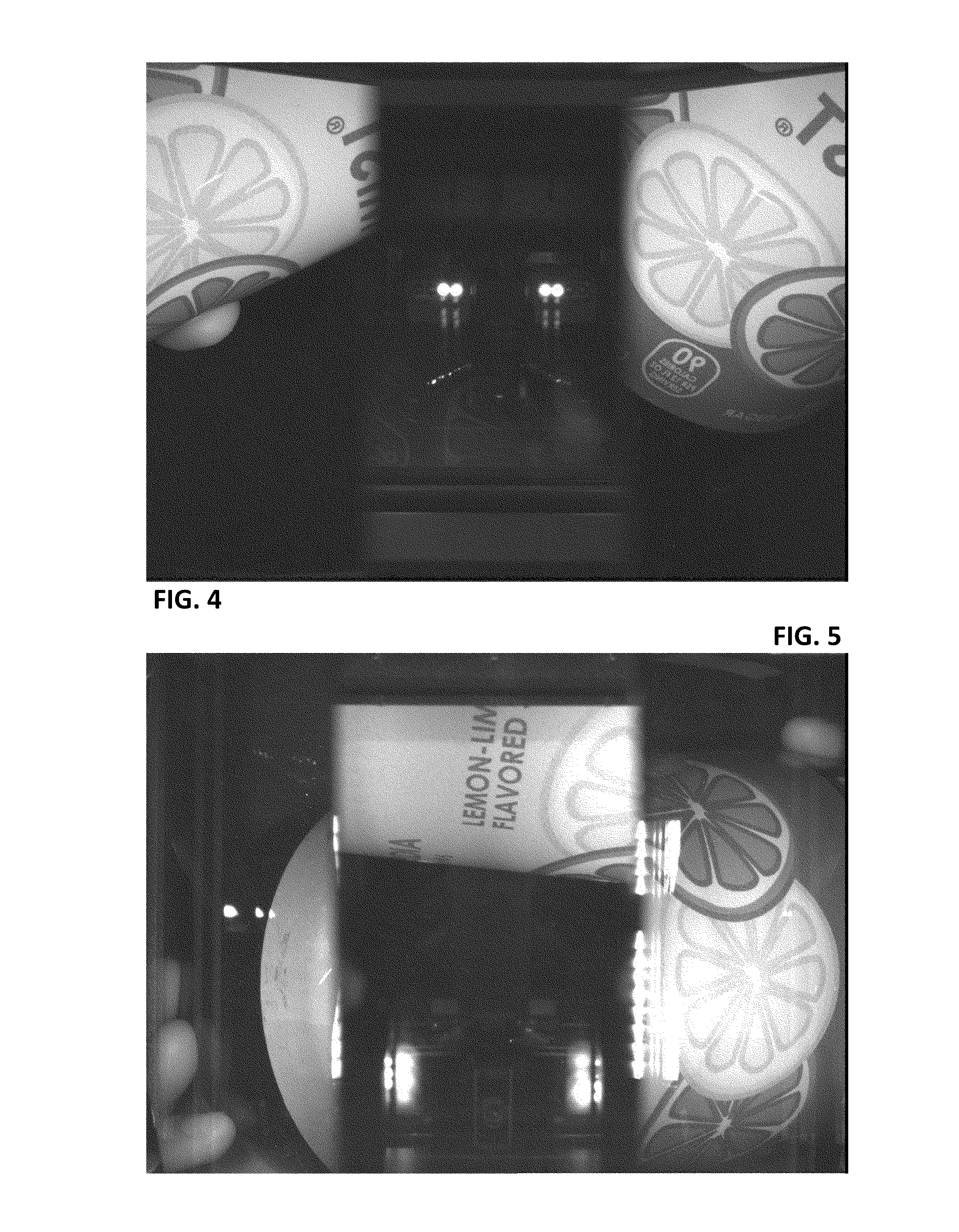Image block selection for efficient time-limited decoding
a time-limited decoding and image block technology, applied in image enhancement, instruments, sensing by electromagnetic radiation, etc., can solve the problems of short interval, time constraint is a particular challenge, and the search of the full extent of such a composite image in search of decodable indicia is typically too time-consuming
- Summary
- Abstract
- Description
- Claims
- Application Information
AI Technical Summary
Benefits of technology
Problems solved by technology
Method used
Image
Examples
Embodiment Construction
[0032]For expository convenience, this description is focused on identification of products by decoding digital watermark data. However, it should be recognized that the same techniques are equally applicable to extraction of product identifying data otherwise, such as by barcode decoding, optical character recognition, or by image fingerprint extraction / matching.
[0033]Referring to FIG. 1, an illustrative retail scanner 10 includes a vertically-extending tower portion 12, and a horizontally-extending platter portion 14. Each portion includes a window 16, 18 through which one or more camera systems captures imagery of items presented for scanning.
[0034]In the FIG. 1 scanner, an arrangement of mirrors projects several different views of the retail product onto different parts of a camera sensor in the tower portion. Likewise for the platter portion. In particular, the optics arrangement in the tower captures two views looking out horizontally from the mid-height of the window 16, at a...
PUM
 Login to View More
Login to View More Abstract
Description
Claims
Application Information
 Login to View More
Login to View More - R&D
- Intellectual Property
- Life Sciences
- Materials
- Tech Scout
- Unparalleled Data Quality
- Higher Quality Content
- 60% Fewer Hallucinations
Browse by: Latest US Patents, China's latest patents, Technical Efficacy Thesaurus, Application Domain, Technology Topic, Popular Technical Reports.
© 2025 PatSnap. All rights reserved.Legal|Privacy policy|Modern Slavery Act Transparency Statement|Sitemap|About US| Contact US: help@patsnap.com



